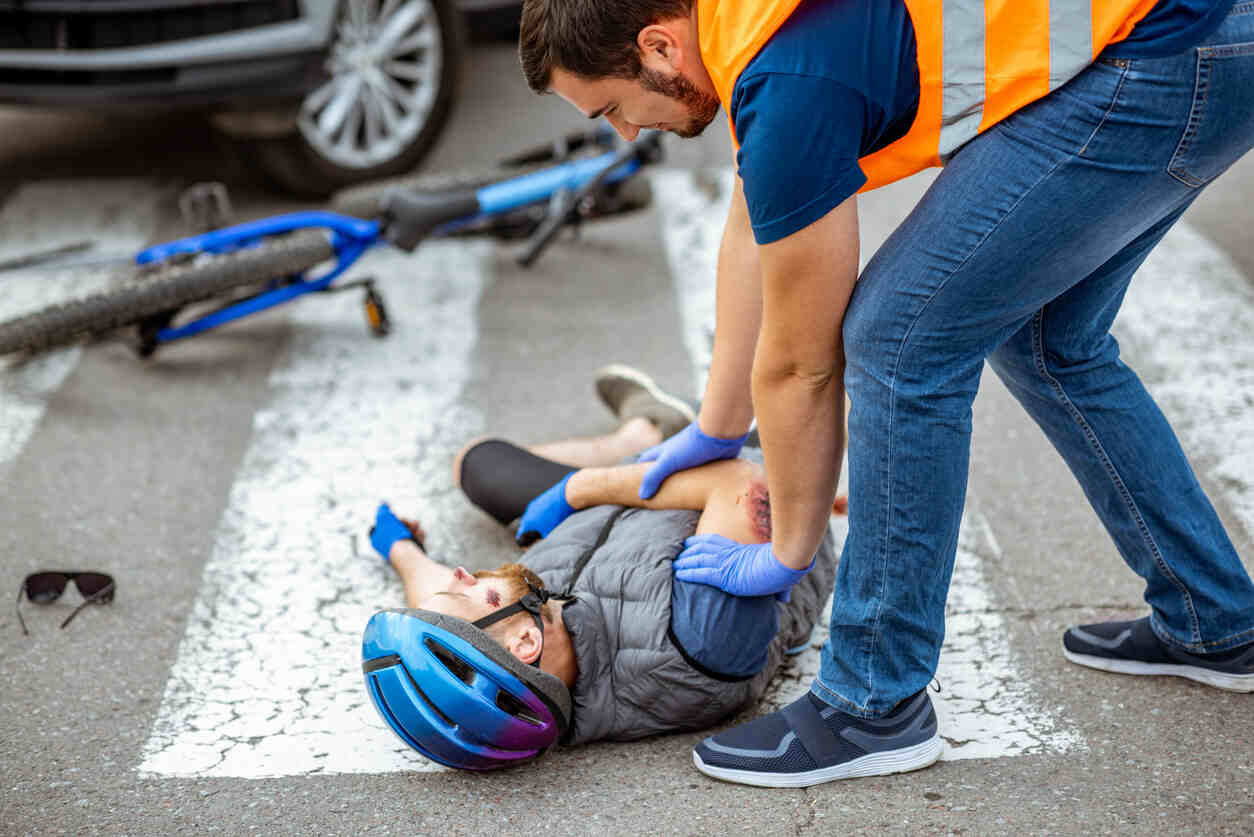
Residential neighborhoods should be among the safest places for pedestrians, but speeding drivers continue to put families, children, and seniors at risk. California communities have seen a rise in pedestrian injuries and fatalities in recent years, and a significant number of these incidents occur on quiet local streets where people expect slower, more cautious driving.
When motorists ignore posted speed limits or drive recklessly through neighborhoods, the consequences can be catastrophic. Understanding why residential speeding is so dangerous and how these cases are handled legally can help injured victims protect their rights.

Why Speeding Is So Dangerous in Residential Areas
Residential streets are designed for slower travel, with narrow lanes, parked cars, driveways, and frequent pedestrian activity. Children walk to school, neighbors jog or bike, and families push strollers along sidewalks. When a driver speeds through these areas, the margin for error disappears.
The faster a vehicle travels, the longer it takes to stop. Even an extra five to ten miles per hour can make the difference between safely avoiding a pedestrian and causing a life-changing collision. Many drivers underestimate how quickly someone can appear from behind a parked car or step into a crosswalk near their home. Speed reduces reaction time, increases braking distance, and dramatically increases impact force in a collision.
Because pedestrians have no protection, the injuries in these cases are often severe and require extensive medical treatment.
The Types of Injuries Seen in Residential Pedestrian Collisions
When a pedestrian is struck by a speeding vehicle, the injuries are rarely minor. Residential collisions often happen at close range, leaving victims little or no time to react.
Common injuries include:
- Traumatic brain injuries and concussions.
- Spinal cord injuries.
- Broken bones and pelvic fractures.
- Internal organ damage.
- Severe lacerations and disfigurement.
In cases involving young children or older adults, the severity is often even greater. Children are shorter, making head and neck trauma more likely, while older pedestrians are at increased risk for life-threatening complications.
These injuries frequently lead to long-term rehabilitation, surgeries, emotional trauma, and significant financial strain for families.
Why Residential Pedestrian Cases Become Legally Complex
Although fault may seem straightforward in a case where a speeding driver hits a pedestrian, these cases often involve multiple legal issues.
Several factors can complicate the claims process:
- Disputes about speed. Drivers may deny they were speeding or claim they were driving safely for the conditions.
- Lack of witnesses. Many residential collisions occur on quiet streets, limiting the availability of third-party testimony.
- Children as victims. When a child is injured, the legal process involves special rules, including extended statutes of limitations and court approval for any settlement.
- Multiple negligent parties. In some cases, hazardous road design, poor lighting, or obstructed visibility may contribute to the incident.
Insurance companies may also attempt to shift blame onto the pedestrian, arguing that the pedestrian stepped into the road unexpectedly, even when the driver was clearly traveling too fast for the neighborhood.
How Evidence Helps Prove Speeding and Driver Negligence
A thorough investigation is crucial in establishing that a driver was speeding or driving unsafely in a residential zone.
Our San Diego pedestrian accident attorneys often gather:
- Surveillance or doorbell camera footage.
- Event data recorder information from the vehicle.
- Skid mark measurements and impact analysis.
- Police reports and responding officer observations.
- Witness statements from neighbors or passersby.
- Accident reconstruction expert analysis.
This evidence helps demonstrate not only that the driver exceeded the speed limit but also that the speed created a foreseeable danger to residents, particularly children and pedestrians.
When Criminal Charges Influence the Civil Claim
Speeding in a residential area can result in criminal charges, especially when the driver’s conduct is considered reckless. While criminal proceedings are separate from a civil injury claim, they can support the victim’s case by providing additional documentation and testimony. A criminal conviction or citation may strengthen the injured pedestrian’s ability to recover compensation for medical bills, lost wages, pain and suffering, and other damages.
How National Injury Help Supports Pedestrian Victims
Pedestrian collisions caused by residential speeding often leave families overwhelmed, especially when the injuries are severe. At National Injury Help, our team conducts detailed investigations, works with experts, and negotiates with insurance carriers to ensure that victims receive full and fair compensation. We understand the medical, emotional, and financial challenges that follow a serious pedestrian injury, and we guide clients through every step of the process.
If you or a loved one was struck by a speeding driver in a California neighborhood, contact National Injury Help for a free consultation. Our San Diego County attorneys are here to help you understand your rights and pursue the recovery you deserve.
Note: The information provided in this article is based on reports from publicly available sources, including news outlets, police reports, and eyewitness accounts. National Injury Help has not independently verified all details of the reported incident. If you find any inaccurate or outdated information, please contact us, and we will review and update the content as appropriate. The photo used in this post is for illustrative purposes only and does not depict the actual scene of the incident.
Disclaimer: The content of this article is intended for informational purposes only and does not constitute legal advice or establish an attorney-client relationship with National Injury Help. For legal assistance specific to your case, we encourage you to contact a qualified attorney.
Free Case Evaluation
Contact Us today for a FREE, Immediate Case Evaluation
Contact Us today for a FREE, Immediate Case Evaluation
Categories
Recent posts
- Tucson, AZ – Heridos en choque en Anklam St & Greasewood Rd
- Tucson, AZ – Injury Crash at Grant Rd & Mountain Ave
- Tucson, AZ – Injury Crash at Anklam St & Greasewood Rd
- Tucson, AZ – Injuries Reported in Crash at Oracle Rd & Chula Vista St
- Tucson, AZ – Accidente deja heridos en Grant Rd & Mountain Ave






